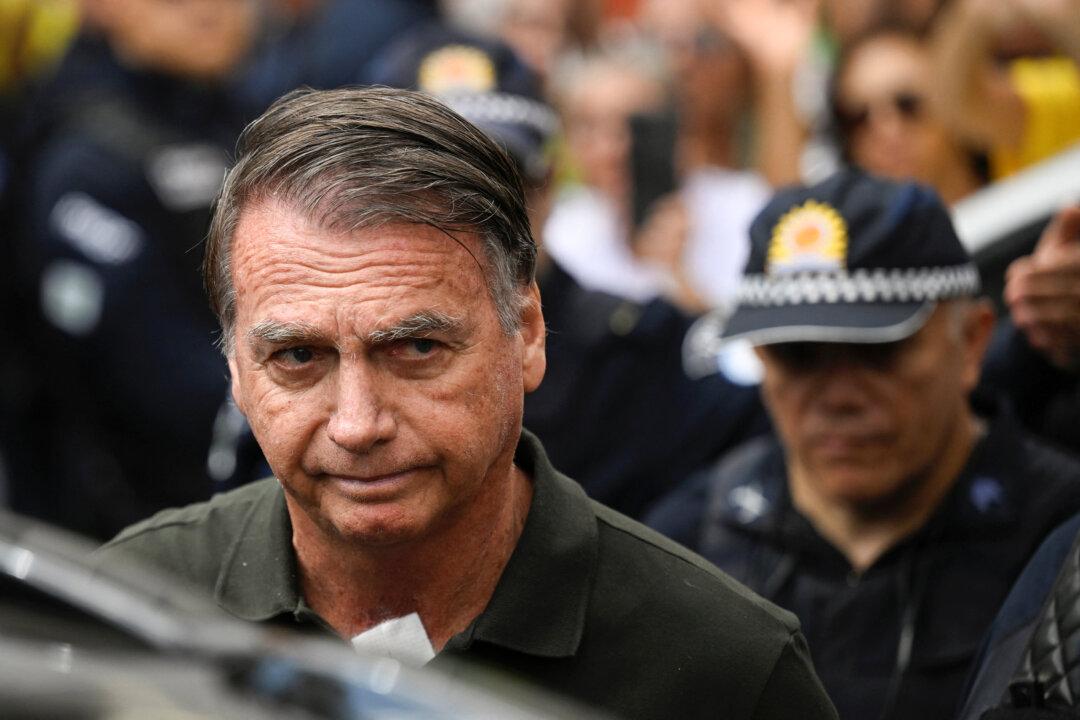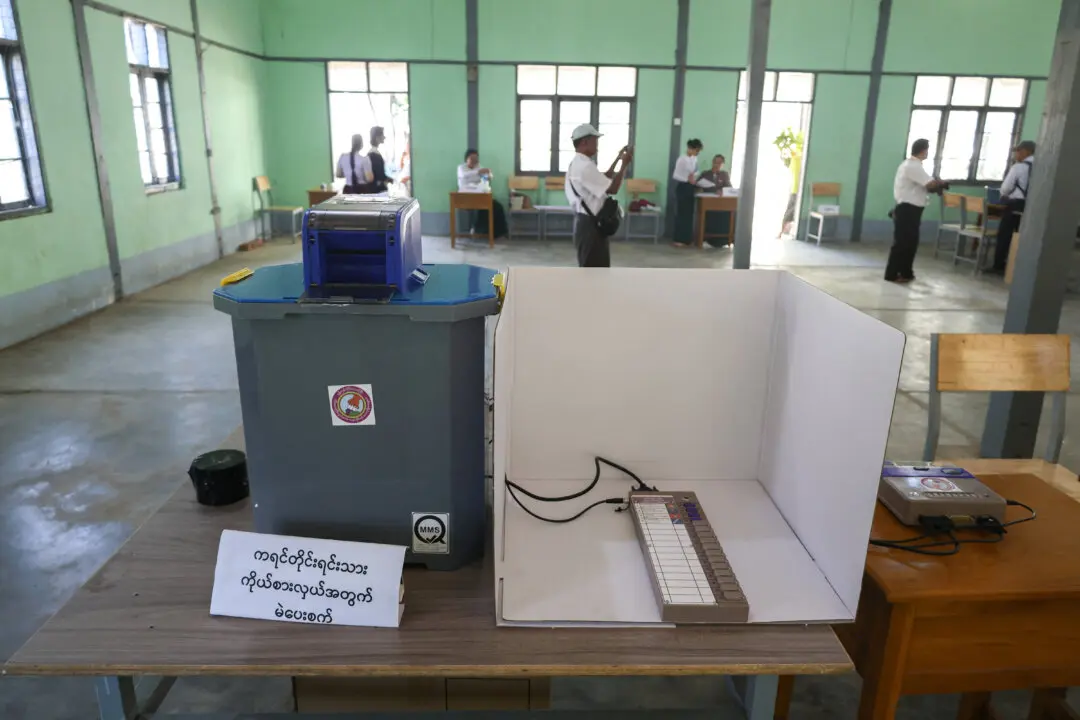CIUDAD HIDALGO, Mexico—About 2,000 Central American migrants who circumvented Mexican police at a border bridge and swam, forded and floated across the river from Guatemala decided on Oct. 20 to re-form their mass caravan and continue their trek northward towards the United States.
Gathered at a park in the border city of Ciudad Hidalgo, the migrants voted by a show of hands and then marched to the bridge to urge those still there to cross the river and join them.




